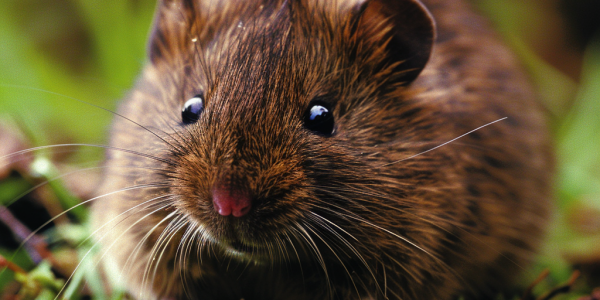Rwanda Faces Health Crisis as Marburg Virus Outbreak Claims Six Lives
Rwanda is grappling with a Marburg virus outbreak, with six deaths reported, predominantly among healthcare workers. The virus, related to Ebola, has a high fatality rate and is transmitted from fruit bats. Authorities are enhancing containment measures, including contact tracing and public hygiene campaigns, while the global health community monitors the situation closely.
Deadly Virus Spread by Rodents in Northern Europe Raises Concerns
Learn about the spread of a potentially lethal virus from rodents to humans in northern Europe, causing haemorrhagic fever. Researchers in Sweden have identified bank voles carrying the Puumala virus, which can lead to severe conditions like hemorrhagic fever. Discover how this unexpected spread of vole fever is prompting further investigation to prevent potential outbreaks and protect public health.
Understanding Lassa Fever: A Lesser-Known Threat
Learn about the recent case of Lassa fever in Paris, France and how it compares to the Ebola virus. Discover the symptoms, transmission, and treatment options for this viral infection caused by the Lassa mammarenavirus, which poses a significant threat to human health.
Scientists Make Groundbreaking Discovery in Understanding Ebola Virus Replication Process
Scientists in Canada and the U.S. have made a groundbreaking discovery in understanding the replication process of the deadly Ebola virus. The research sheds light on how the virus interacts with a human protein called ubiquitin and identifies a potential target for new drugs to prevent the disease. The study utilized a combination of experimental and computational methods to investigate the interaction between the Ebola virus VP35 protein and ubiquitin chains, leading to the identification of potential chemical compounds that could disrupt this interaction. This breakthrough offers a promising avenue for the creation of more effective therapies to combat the devastating outbreaks and high mortality rates of the Ebola virus.




